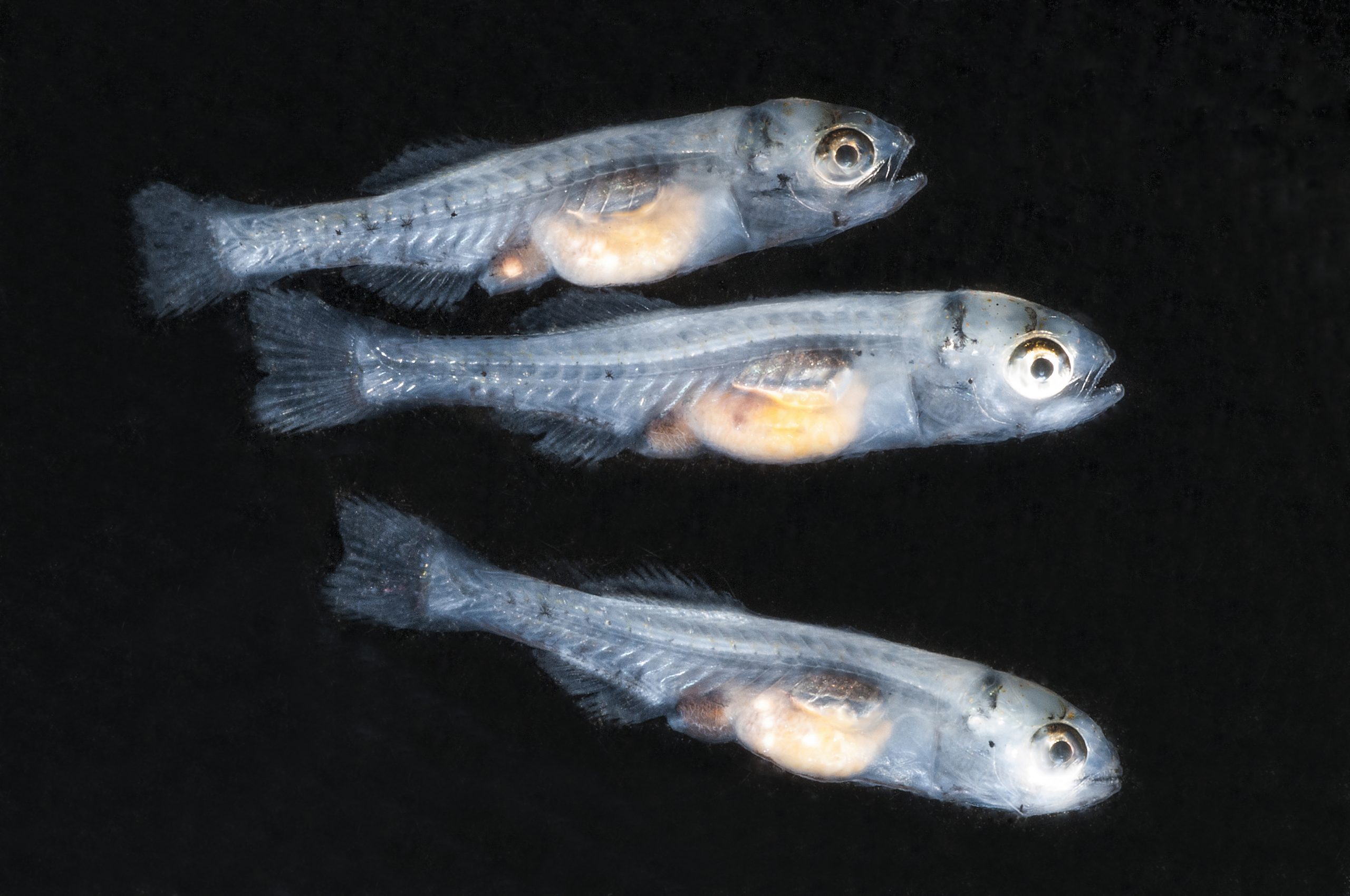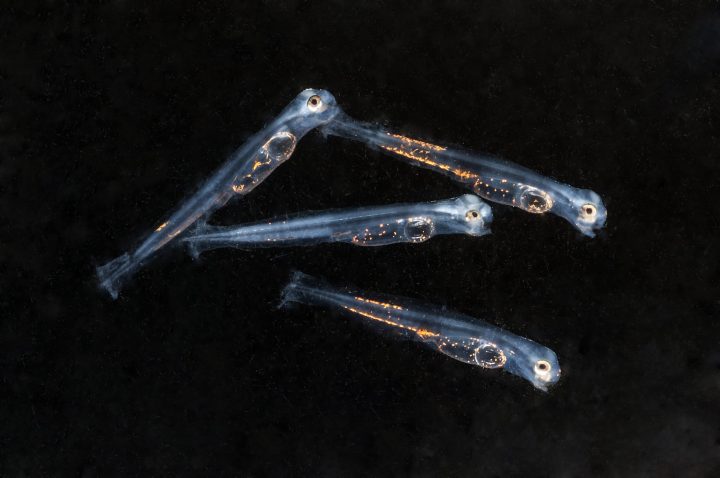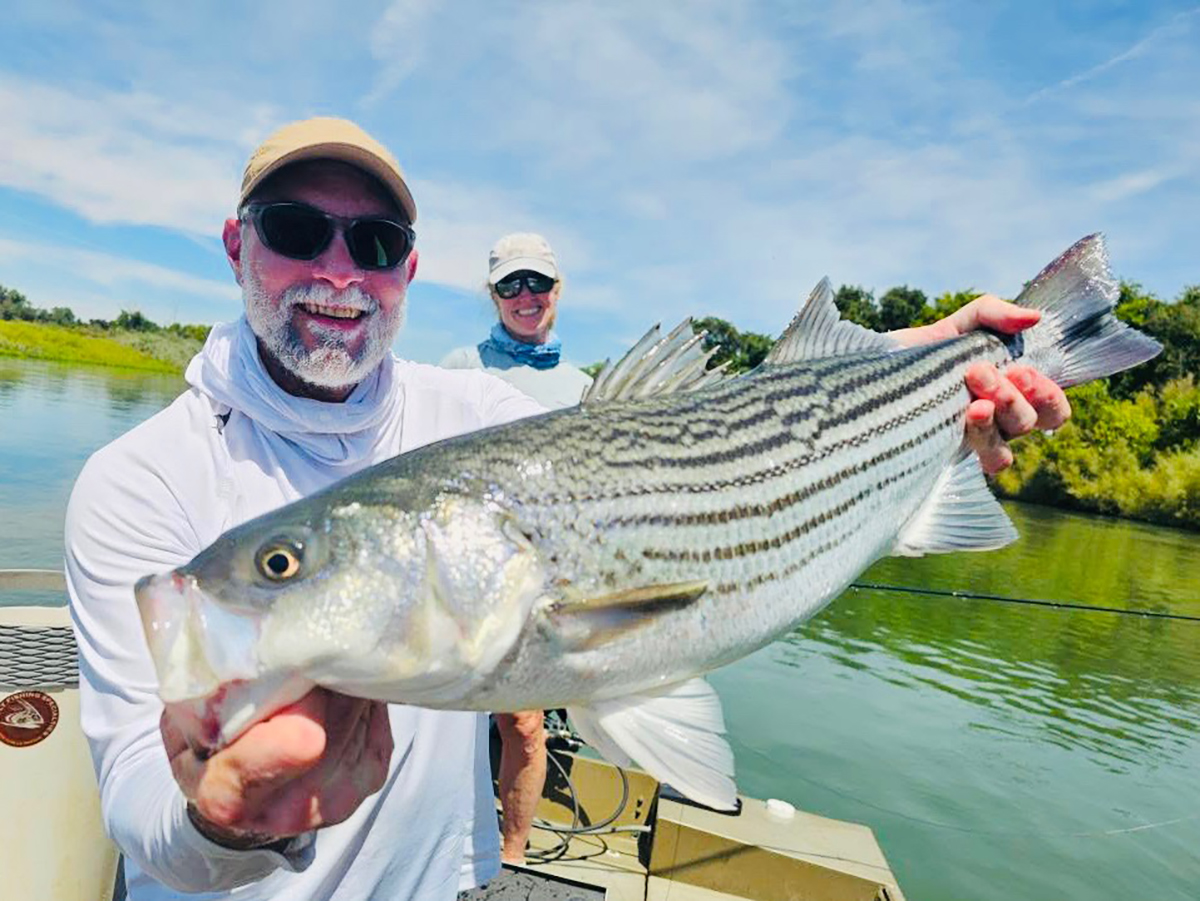
Second of two parts.
Striped bass is somewhat of a mystery fish. Much of its complex behavior was poorly understood until recently. Much remains unclear.
Supporter Spotlight
Not all striped bass behave the some way at the same age. For example, while about 50% of females reach sexual maturity by 4 or 5 years of age, the remaining half take 6 to 9 years to mature. Males, however, generally mature 50% earlier, at 2 years old, while 75% mature at age 3 and all by the age of 4.
Migration patterns are similarly complicated. The journey taken by an individual striper is subject to a number of variables. Rockfish south of North Carolina are nonmigratory. Canadian stocks of striped bass make short, localized migrations along the coast. The general pattern of migration for most mid-Atlantic striped bass is for mature adults to gather during the winter months off the Virginia and North Carolina coasts. They will remain here until mid-spring, when they return to their natal rivers to spawn.Soon after spawning, adults will leave freshwater and will travel north along the coast. Females will generally travel faster than males. But since males mature earlier than females, they will join the coastal migration several years sooner. For some, the destination is the waters of coastal New Jersey or New York. Many enter Narragansett Bay in Rhode Island, but most will spend the months of summer and early autumn feeding near the islands of Martha’s Vineyard and Nantucket, near Cape Cod or in the southern Gulf of Maine. A few will travel as far as the northern Gulf of Maine or into the Bay of Fundy.
By mid-autumn, the migration is reversed, and the stripers return south once again. A few fish will remain in northern waters, over wintering in isolated pockets all along the coast, then returning to spawn in the spring. Some Delaware and Hudson River fish will travel only as far as the waters off of the New Jersey coast. But most fish of all stocks return to the Mid-Atlantic overwintering grounds.

By early April, mature striped bass have begun to move into the mouths of their natal rivers. While some may travel as much as 200 miles upstream, most will spawn in the slightly brackish or freshwater sections just above the upper estuaries of large rivers, in waters less than 20 feet deep. Water temperature is the key factor in determining when spawning will occur. Peak spawning activity occurs when the water is about 60 to 65 degrees in temperature. This generally occurs from mid-April to mid-May in the Mid-Atlantic region. Spawning is usually completed in all regions by the end of June or early July.
Supporter Spotlight
Females will release their eggs at or near the surface as nearby males release milt to fertilize them. As they grow older and larger, the number of eggs released also grows. A female rockfish in her first spawning season will release about 400,000 eggs. Toward the end of their natural life span, a large, healthy female can distribute 10 times as many, releasing over 4 million eggs in a single season. Similar to many other types of fish, striped bass release large number of eggs to offset intense predation. During early life stages, they are preyed on by many other species.
But striped bass eggs have an additional obstacle to overcome. In order to successfully hatch, they must remain suspended in the water. Since striped bass eggs are slightly heavier than water, they begin to sink slowly as soon as they are laid. Any eggs, which fall to the bottom, are unlikely to hatch. The eggs depend on sufficient river current and tidal flow to keep them suspended.
Each egg contains a yolk sac, which provides nutrition for the developing embryo, and an oil globule, which also feeds the growing fish. Eggs of striped bass that spawn in slow-moving rivers have a slightly larger oil globule, making them more buoyant and more likely to stay suspended long enough to hatch successfully.
Eggs, which remain afloat, will hatch in 1 1/2 to 3 days, again, depending on water temperature. The eggs hatch to release larvae, which are about a 1/4 long. The attached yolk sac and oil globule will continue to feed the larvae for about a week. They will then begin to feed on microscopic organisms called zooplankton, which are suspended in the water. Larvae will continue to feed in the open water of their natal river for four to six weeks, drifting slowly downstream.
When the young have grown to be about 1 1/4 inches long, they develop into the juvenile stage and more closely resemble adults. They will begin to exhibit schooling behavior, forming groups of as many as several thousand fish.

As the summer months pass, they will move downstream into saltier water, inhibiting the inshore tidal creeks of the upper to mid-estuary.
Migration patterns for older juveniles vary with location. In most coastal areas, the young of the year will move into the lower estuary during their first autumn and will spend the winter months there or in the adjacent offshore waters. Subadults from the Hudson and Delaware rivers will develop a pattern of moving generally north and east during the spring and summer, then south and west during the fall and winter, traveling further and further each year. Upon reaching sexual maturity, many will join the offshore migration from North Carolina in the winter to New England in summer. Others will retain the more local migratory pattern, gathering off the coast of New Jersey in winter.
In the Chesapeake Bay area, immature rockfish remain in the tidal freshwater or brackish stretches of their natal river for two years. During the spring of their second year, they move through the lower estuaries into the open bay, moving generally north during the summer. By autumn, they move inshore and southward, settling into the deep channels of the lower bay during winter. Recent research has shown that a few immature subadults travel farther south, leaving the bay to join migrating adults gathered off the Virginia and North Carolina coasts. In the spring, they will follow adults returning to spawn back into the bay.
Some Chesapeake Bay males begin offshore migration during their first season in salt water. The majority of fish in Chesapeake Bay during summer are mature males.
Females continue to migrate within the bay for three to seven additional years before achieving spawning age, with many immature females migrating to the coast.







